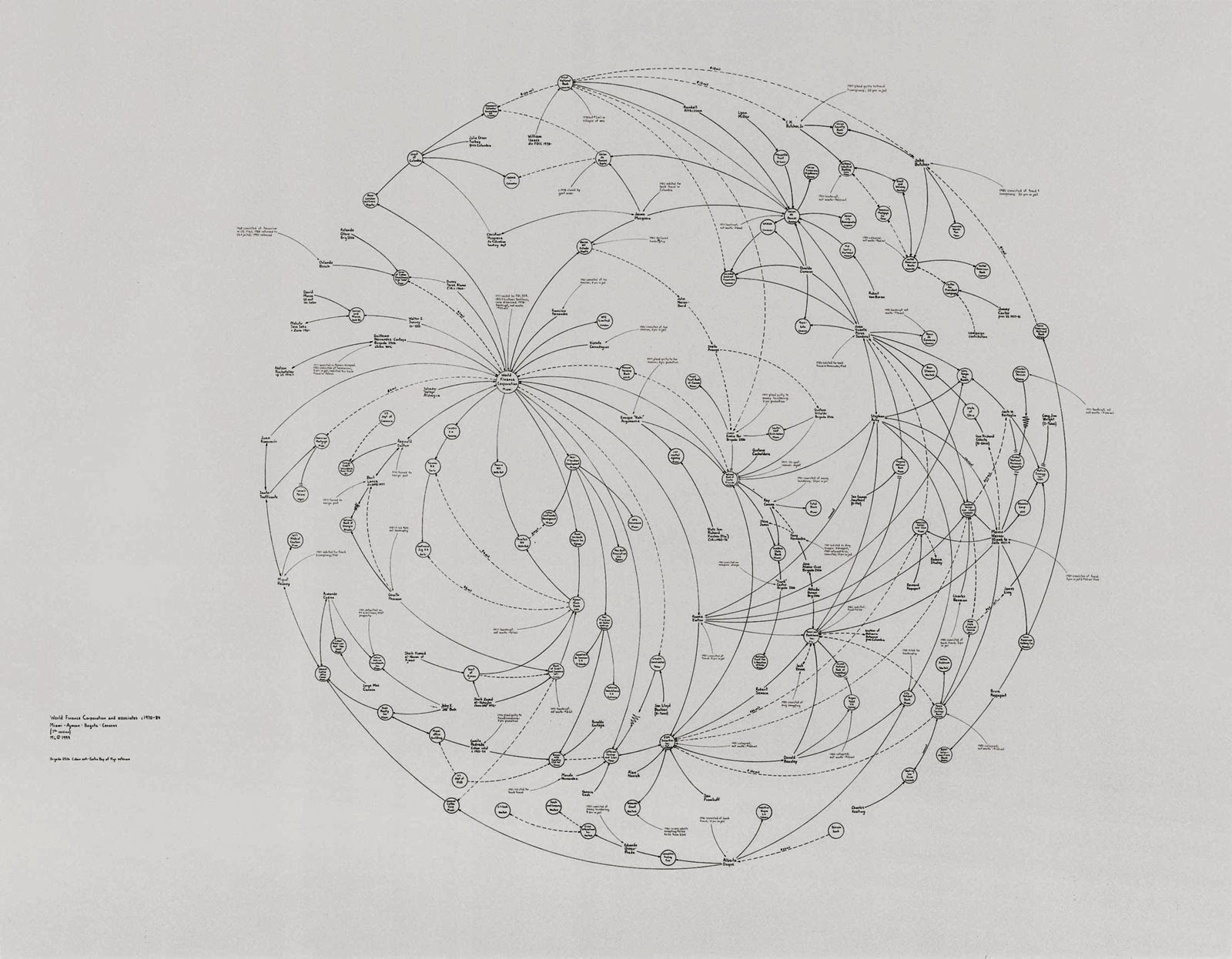PAUL RAND (BORN PERETZ ROSENBAUM, AUGUST 15, 1914 –
NOVEMBER 26, 1996) was a well-known American graphic
designer, best known for his corporate logo designs. Rand was educated at the
Pratt Institute (1929-1932), the Parsons School of Design (1932-1933), and the
Art Students League (1933-1934). He was one of the originators of the Swiss
Style of graphic design. From 1956 to 1969, and beginning again in 1974, Rand
taught design at Yale University in New Haven, Connecticut. Rand was inducted
into the New York Art Directors Club Hall of Fame in 1972. He designed many
posters and corporate identities, including the logos for IBM, UPS and ABC.
Rand died of cancer in 1996.

Although Rand was most famous for the
corporate logos he created in the 1950s and 1960s, his early work in page
design was the initial source of his reputation. In 1936, Rand was given the
job of setting the page layout for an Apparel Arts magazine anniversary issue.
“His remarkable talent for transforming mundane photographs into dynamic
compositions, which [. . .] gave editorial weight to the page” earned Rand a full-time
job, as well as an offer to take over as art director for the Esquire-Coronet
magazines. Initially, Rand refused this offer, claiming that he was not yet at
the level the job required, but a year later he decided to go ahead with it,
taking over responsibility for Esquire’s fashion pages at the young age of
twenty-three.
The cover art for Direction magazine proved to be an
important step in the development of the “Paul Rand look” that was not as yet
fully developed. The December 1940 cover, which uses barbed wire to present the
magazine as both a war-torn gift and a crucifix, is indicative of the artistic
freedom Rand enjoyed at Direction; in Thoughts on Design Rand notes that it “is
significant that the crucifix, aside from its religious implications, is a
demonstration of pure plastic form as well . . . a perfect union of the
aggressive vertical (male) and the passive horizontal (female).” In ways such
as this, Rand was experimenting with the introduction of themes normally found
in the “high arts” into his new graphic design, further advancing his life-long
goal of bridging the gap between his profession and that of Europe’s modernist
masters.
Though Rand was a recluse in his
creative process, doing the vast majority of the design load despite having a
large staff at varying points in his career, he was very interested in
producing books of theory to illuminate his philosophies. Maholy-Nagy may have
incited Rand’s zeal for knowledge when he asked his colleague if he read art
criticism at their first meeting. Rand said no, prompting Moholy-Nagy to reply
“Pity.” Heller elaborates on this meeting’s impact, noting that, “from that
moment on, Rand devoured books by the leading philosophers on art, including
Roger Fry, Alfred North Whitehead, and John Dewey.” These theoreticians would
have a lasting impression on Rand’s work; in a 1995 interview with Michael
Kroeger discussing, among other topics, the importance of Dewey’s Art as
Experience, Rand elaborates on Dewey’s appeal:
[. . . Art as Experience] deals with
everything—there is no subject he does not deal with. That is why it will take
you one hundred years to read this book. Even today’s philosophers talk about
it[.] [E]very time you open this book you find good things. I mean the
philosophers say this, not just me. You read this, then when you open this up
next year, that you read something new.
As is obvious, Dewey is an important source for Rand’s
underlying sentiment in graphic design; on page one of Rand’s groundbreaking
Thoughts on Design, the author begins drawing lines from Dewey’s philosophy to
the need for “functional-aesthetic perfection” in modern art. Among the ideas
Rand pushed in Thoughts on Design was the practice of creating graphic works
capable of retaining their recognizable quality even after being blurred or
mutilated, a test Rand routinely performed on his corporate identities.
Paul Rand, American Modernist, was one of the originators of
Swiss Style of graphic design. He is best known for his work and design on
corporate logos. He was born on 15th August 1914 and passed away on 26 November
2006 at the aged of 82 years old, from cancer. He was educated at Pratt
Institute, Parsons The New School of Design and then the Arts Student League.
He taught design at Yale University in New Haven for a few years. Though he was
famous for his corporate logo works, he’s initial reputation was built on ‘page
design when he was tasked the job of setting the page layout for the
anniversary issue of Apparel Arts’ magazine, which earned him a full time job.
Paul Rand was able to create instantly recognizable designs and his logos and brands became as familiar as the furniture. He did this by keeping his designs very simple which meant you could grasp the gist of a company in a single glance and wouldn't forget their branding very easily. He harmoniously combined geometric shapes, a limited color pallet, expert typography, and basic illustrations to create work that was easy on the eye and effortless to absorb. His work is useful for my 2D class because it shows how recognizable an image can be when harmoniously combining a few, well thought through, elements.





































